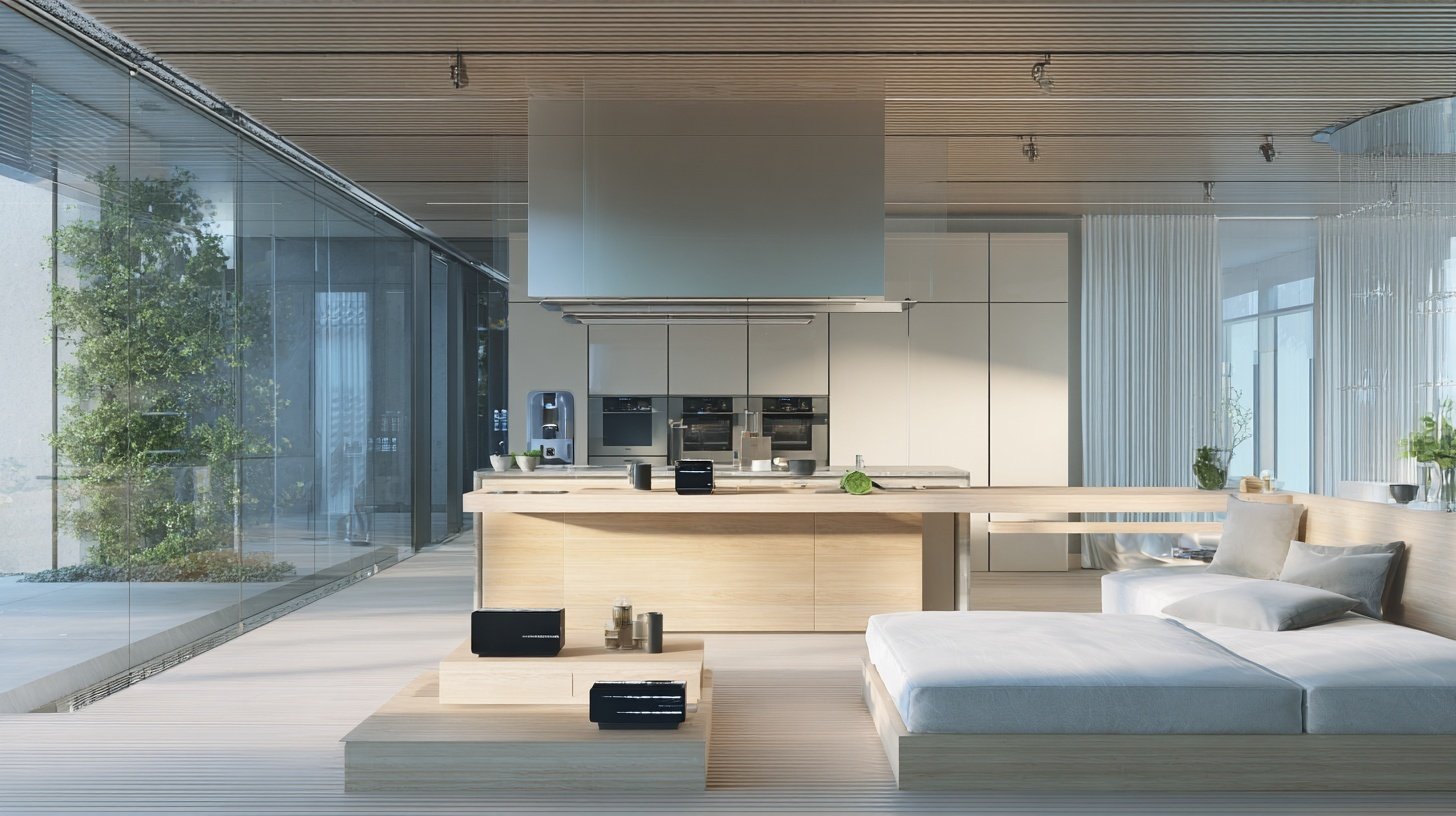Design, Responsibility, and Aesthetics Combined

In the age of environmental awareness, social responsibility, and intelligent design, we are witnessing an exciting shift in design. Ethical materials and social responsibility not only shape the design process but also change the aesthetic standards that we consider beautiful. This development is more than just a trend; it is a necessity and opens up new opportunities for artists and designers.
Contemporary design has undergone a remarkable transformation in recent years. Where once the appearance of a product was often the main focus, the ethical aspect is increasingly coming to the forefront today. Consumers are becoming more willing to pay for products that are made thoughtfully and responsibly. This change is reflected in a variety of fields, including furniture, fashion, and even technology. Designers are challenged to find new ways to create innovative and functional products that are also environmentally friendly and socially responsible.
Sustainability as a Design Principle
Sustainability is not just a buzzword, but a central principle in modern design. Designers are increasingly integrating sustainable materials into their work, whether recycled paper, biodegradable plastics, or fabrics derived from renewable resources. While these materials often incur a higher production cost, they offer a better environmental impact. Consumers are willing to pay the price because they recognize the importance of long-term solutions for our planet. Thus, designs are created that are not only aesthetically appealing but also have a positive impact on the environment.

Moreover, the use of sustainable materials ensures that products not only look nice but also tell a story. Each piece becomes part of a larger whole—a movement towards more conscious consumer behavior. The designer not only bears the responsibility for what they create but also for the message they convey. This connection between aesthetics and environmental awareness enables consumers to make informed decisions when purchasing and to support the values that are important to them.
Social Responsibility in Focus
In addition to the environment, social responsibility is another key element of contemporary design. Designers are increasingly considering how their work influences the lives of others. This may include creating fair working conditions for manufacturers or involving communities from underrepresented groups in the design process. By understanding and considering the needs and desires of various communities, designers can create products that not only fulfill their purpose but also have a positive impact on society.

The trend towards social responsibility is also manifesting in the way brands position themselves. Consumers tend to support brands that promote social justice and actively advocate for change. This creates a cycle where responsible actions by designers and manufacturers are rewarded. This is a strong signal for the industries that integrating social responsibility is not only morally justifiable but also economically sensible. Such approaches attract a loyal customer base that can identify with the brand's political values.
The Future of Design
The future of design will be shaped by technological innovations and a growing awareness of social and ecological issues. Virtual reality, 3D printing, and sustainable production technologies offer designers new opportunities to bring creative ideas to life that are both functional and aesthetically appealing. Adaptability and the willingness to think outside the box will be crucial to meet the demands of a rapidly changing world.

In this exciting landscape of contemporary design, the path is not always easy, but the opportunities are immense. Designers who are willing to act ethically responsibly and tie their creativity to a sense of social justice will not only create innovations but also drive significant changes in society. Thus, rethinking design is also a rethinking of our values. This interplay of aesthetics, ethics, and social responsibility not only opens up new perspectives but also strengthens consumer trust in the products they choose.
In summary, the redesign of contemporary design is an exciting journey that we can experience together. The fusion of aesthetic standards with ethical materials and social responsibility is not just important, but necessary for a sustainable future. It is up to all of us—designers, consumers, and companies—to actively support this change and work towards a more responsible world. Let us seize these opportunities and work together for a more beautiful, just, and sustainable future.


